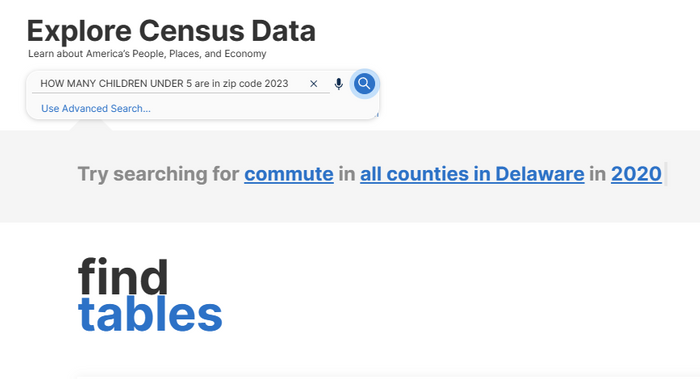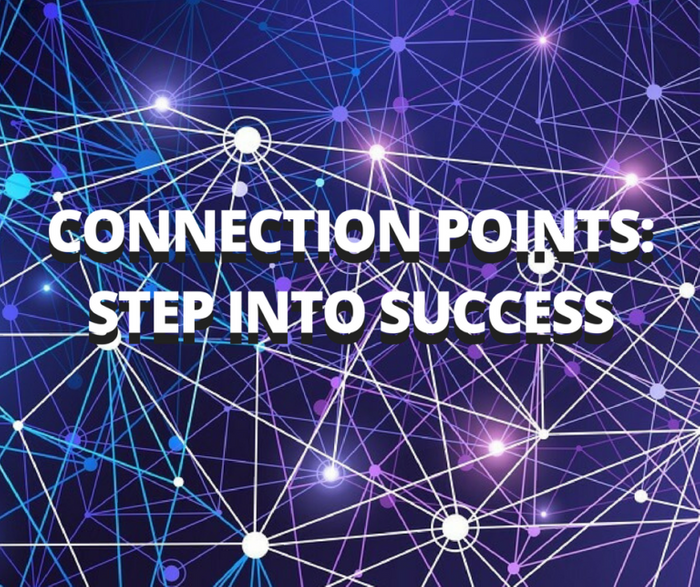Are you ready to start working on your successful DRS proposal but don't know where to even begin? You are not alone! Crafting an effective and comprehensive grant proposal can feel like a daunting task, however we are here to help.
Through a series of blog posts, Sunshine Nonprofit Solutions is helping you write your DRS beginning with a post on how to craft an improvement plan.
The last post we discussed using data for the DRS. This week, we will concentrate on writing Section – Demonstrating Community Needs.
Through this blog post, we will walk through the essential components of the DRS Proposal with Section 1 - Community Needs as our focus. We want to provide Head Start Directors such as yourself with tips and best practices for creating an application that stands out from others so that you can get the funding necessary for your program’s success.
The first section of the proposal is crucial as it lays the groundwork for evidence-based recommendations. By utilizing visually appealing charts and graphs to present community data, the chances of success for the DRS proposal are greatly enhanced.
By establishing a clear connection between your proposed services and the needs of the community, you strengthen the foundation of your grant application. This initial section, titled "demonstrating your community needs and resources," will convincingly showcase why your community requires a HS/EHS program and outline specific needs that your community has.
The narrative will delve into the community's history, economic and political landscape, as well as its unique challenges and strengths. Section 1 will effectively highlight the community's needs and demonstrate how your program can address them.





